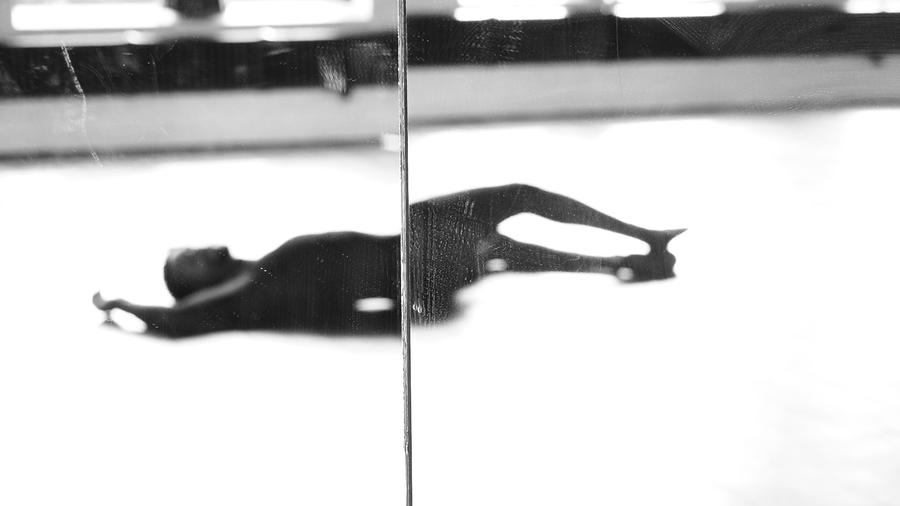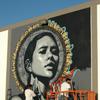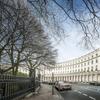Our Whole, Unruly Selves Opens on November 19, 2021 at SJMA
- SAN JOSE, California
- /
- September 09, 2021

New exhibition examines figurative representation in contemporary art with artists from the Bay Area Figuration Movement from the 1960s to the present.
Our whole, unruly selves explores the changing stakes of figurative representation in contemporary art. Presented by the San José Museum of Art (SJMA) from November 19, 2021 through June 26, 2022, the exhibition brings together artworks that explore the complex ways in which our private and public identities interact with each other. Organized by SJMA senior curator Lauren Schell Dickens, Our whole, unruly selves is primarily drawn from SJMA’s permanent collection, augmented by works from private collections and other institutions.

Spanning artists identified with Bay Area Figuration from the 1960s to the present, Our whole, unruly selves features work by: Laura Aguliar, Benny Andrews, Axis Dance Company, Felipe Baeza, Rina Banerjee, Huma Bhabha, Carlee Fernandez, Genevieve Gaignard, Tim Hawkinson, Steffani Jemison, Hayv Kahraman, Wardell Milan, Senga Nengudi, Woody De Othello, Kambui Olujimi, Christina Quarles, Miljohn Ruperto, Aislinn Thomas, and others.
“Human beings are boundless. We can unravel ourselves along various threads of identity— gender, ethnicity, class, sexuality—but there are always more. This nuanced experience of existing within a body has inspired artists for centuries, and continues to drive new visual languages,” shared SJMA senior curator Lauren Schell Dickens. “Our whole, unruly selves highlights work that resists the foreclosure of the fixed, direct portrayal of traditional portraiture. Many of the figures in the exhibition are abstracted or blurred, partially withholding themselves from view.”
Many of the artists whose work is included this exhibition identify as queer, Black, undocumented, large-bodied, Brown, immigrant, and disabled, terms that denote a perceived difference. In interrupting traditional portraiture with unconventional depictions and material incongruities, artists are making viewers aware of their own expectations of legibility and challenging the viewer’s desire for classification. In thinking beyond diversity, these artists are approaching the body through a conceptual lens that acknowledges the legacy of white supremacy that is continually present in viewing strategies.
Through aesthetic transgressions that both resist and exceed traditional forms of figuration, these painted, sculpted, and drawn forms offer a variety of forms of resistance. Wardell Milan collages figures using fragmented photographs of Black men, etching, and ink, to fabricate materially hybrid bodies that both contain and exceed individualities. Rina Banerjee utilizes fashion and material culture to reframe diasporic statelessness as a form of belonging based on shared affinity and experience rather than nationality. Felipe Baeza and Senga Nengudi explore suspension and gravity through evocative materiality, bodies edging towards abstraction in release and exhaustion. Some bodies are represented as polymorphous—with multiple faces or limbs, androgynous or multi-sexed, hybrid across time and species.
Other artists use materials and technique to challenge notions of individuality. Laura Aguilar, for example, photographs her body blending within her ecological surroundings, suggesting a porosity between human and non-human, self and other, to create an altogether different topography framed by mutual support and connectedness. Hayv Kahraman paints women’s bodies, contorted by assimilation but entwined with each other in a geometric beauty, reframed as collective possibility.
In a special commissioned artwork, Aislinn Thomas is collaborating with Teatro Vision SJMA, San José’s Chicanx theater company, to create a sound work of experimental visual descriptions. As I am and as I become makes the experience of the exhibition available for blind and low vision individuals, which through the lens of disability justice, embraces more imaginative possibilities for access beyond simple compliance. Artworks in the exhibition are imbued with a first-person voice, imagining the painted or sculpted figure as a being with its own thoughts, experiences, and desires.
PROGRAMMING
Boundless Spontaneity: Jazz Responses to Figurative Traditions
February–June 2022, every second Sunday of each month.
A collaborative project with San Jose Jazz (SJZ). A series of 4 in-gallery musical performances on the second Sunday of each month, February–June 2022, 2–4pm. Performances will be curated by SJZ and each feature different musicians representing San José’s diverse communities.
SUPPORT
Our whole, unruly selves is supported by the SJMA Exhibitions Fund, with a generous contribution from Diane Jonte-Pace in memory of David Pace.
Operations and programs at the San José Museum of Art are made possible by generous support from the Museum’s Board of Trustees, a Cultural Affairs Grant from the City of San José, the Lipman Family Foundation, The Andrew W. Mellon Foundation, the Richard A. Karp Charitable Foundation, Yvonne and Mike Nevens, The David and Lucile Packard Foundation, The Yellow Chair Foundation, the John S. and James L. Knight Foundation, the SJMA Director’s Council and Council of 100, the San José Museum of Art Endowment Fund established by the John S. and James L. Knight Foundation at the Silicon Valley Community Foundation, and The William Randolph Hearst Foundation.
SAN JOSÉ MUSEUM OF ART
SJMA is located at 110 South Market Street in downtown San José, California. The Museum is open Friday through Sunday, 11am to 6pm and until 8pm or later on the first Friday of each month. Admission is $10 for adults, $8 for seniors, and free to members, college students, youth and children ages 17 and under, and school teachers (with valid ID). For more information, call 408.271.6840 or visit SanJoseMuseumofArt.org.
Contact:
Melanie SamaySan Jose Museum of Art
408.271.6872
msamay@sjmusart.org
















100x100_c.jpg)